Repointing darts for optimal performance is crucial for maintaining accuracy and consistency in your throws. This article will guide you through the process, explaining the benefits and providing step-by-step instructions. We’ll also cover related aspects of dart maintenance to enhance your overall game.
⚠️ Still Using Pen & Paper (or a Chalkboard)?! ⚠️
Step into the future! The Dart Counter App handles all the scoring, suggests checkouts, and tracks your stats automatically. It's easier than you think!
Try the Smart Dart Counter App FREE!Ready for an upgrade? Click above!
Let’s start by understanding why repointing darts is so important. Over time, the points on your darts can become dull, bent, or damaged, leading to inconsistent bounces and missed shots. Repointing your darts allows you to restore their sharpness and precision, ensuring you get the most out of your throws. This is particularly important for those who value consistency and are always seeking ways to improve their game.
Repointing Darts for Optimal Performance: A Comprehensive Guide
Before we delve into the practical steps of repointing darts for optimal performance, let’s talk about the tools you’ll need. You’ll require a sharpening stone (ideally a fine-grit one), a small vise or clamp to hold the dart securely, and perhaps some lubricant such as oil or honing compound for smoother sharpening. Remember, safety first! Always wear appropriate eye protection when using sharp tools.
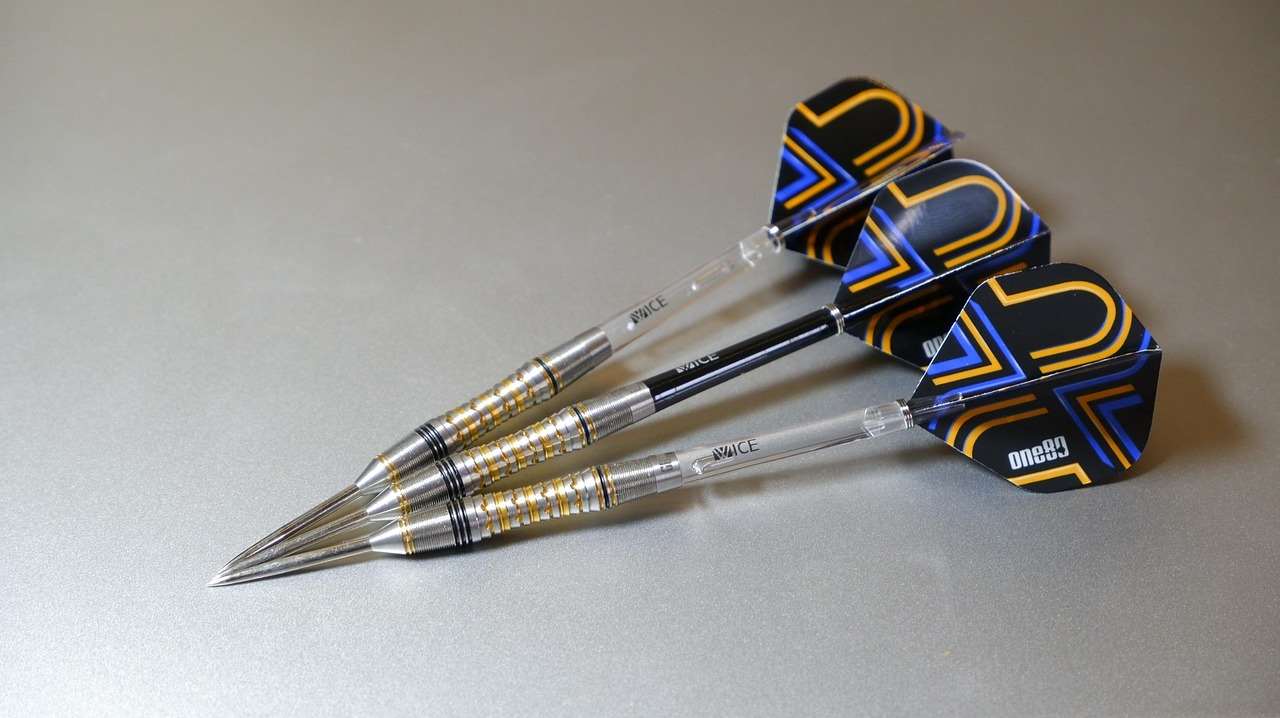
Step-by-Step Repointing Instructions
Now, let’s get down to the business of repointing darts. Follow these steps carefully for the best results:
- Secure the Dart: Firmly clamp or hold the dart in the vise, ensuring the point is easily accessible and the shaft remains stable. Avoid applying excessive pressure, as this could damage the dart.
- Sharpening Technique: Using a fine-grit sharpening stone, gently and evenly move the dart point across the surface. Maintain a consistent angle and pressure throughout the process. The goal is to create a sharp, symmetrical point. Don’t rush this step; patience is key for optimal performance.
- Frequent Checks: Regularly inspect the point’s sharpness during the sharpening process. You can test the point by gently running your finger across it, feeling for any inconsistencies or remaining roughness. Alternatively, carefully use the edge against soft materials to gauge the sharpness.
- Maintaining Symmetry: Ensure you keep the point symmetrical throughout the process. Any imbalance could lead to poor flight characteristics and significantly reduce the accuracy of your throws. This ensures consistent and predictable darts.
- Final Inspection: Once you’re satisfied with the point’s sharpness and symmetry, inspect it from different angles under a strong light. Look for any remaining irregularities. Your goal is to restore optimal performance.
Regular repointing ensures your darts remain effective and accurate over time. Remember, repointing darts for optimal performance takes time, practice, and patience. Don’t expect perfection on your first attempt. This dart sharpening project helped me gain the confidence needed to successfully repoint my darts.
Understanding Dart Point Materials
The material of your dart points influences how easily they dull and the best approach to repointing. Steel points require different sharpening techniques compared to tungsten points. Tungsten is harder and will require a higher-quality sharpening stone and potentially a honing compound for efficient sharpening. Understanding the nuances of repointing darts for optimal performance, according to the material of the dart, is essential.
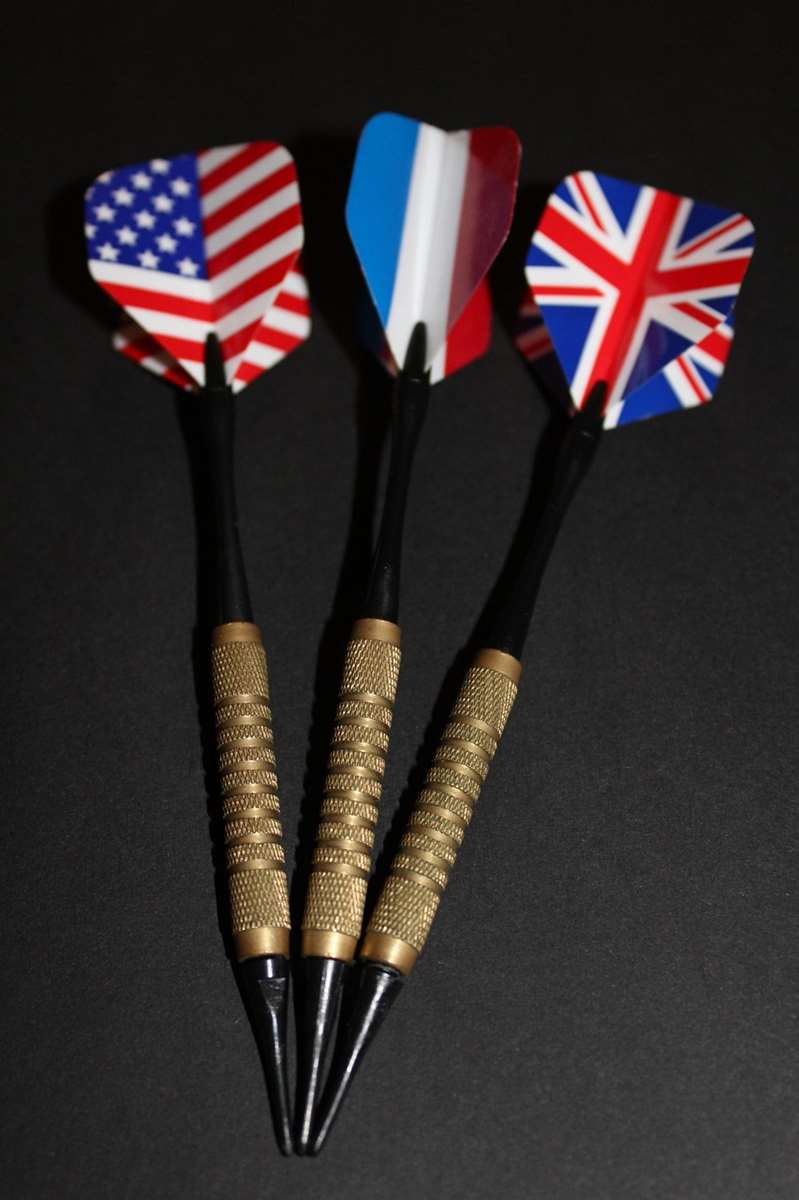
Maintaining Your Darts for Longevity
Repointing darts for optimal performance is only one aspect of proper dart maintenance. Regular cleaning and inspection of your darts are equally crucial for prolonged use. You should wipe your darts down after each game, cleaning off any sticky residue or dirt. Inspect them for any damage, such as bent shafts or damaged flights, which can affect their performance. Regularly checking the condition of your equipment and addressing any issues ensures optimal performance.
Investing in a Darts Equipment Maintenance Customization strategy will significantly impact the overall longevity of your darts and your game’s consistency.
Inspecting for Damage
Before you even think about repointing, take a close look at your darts. Are the shafts bent or broken? Are the flights torn or damaged? Addressing these issues is crucial before sharpening. A dart equipment condition assessment should be a part of your routine. Damaged shafts could affect the flight path and accuracy significantly, negating the benefits of a sharp point. You may need to repair or replace dart shafts if they are damaged beyond repair. Damaged flights impact aerodynamics, affecting your scores. Replacing standard dart flights is a simple process that can significantly impact performance.
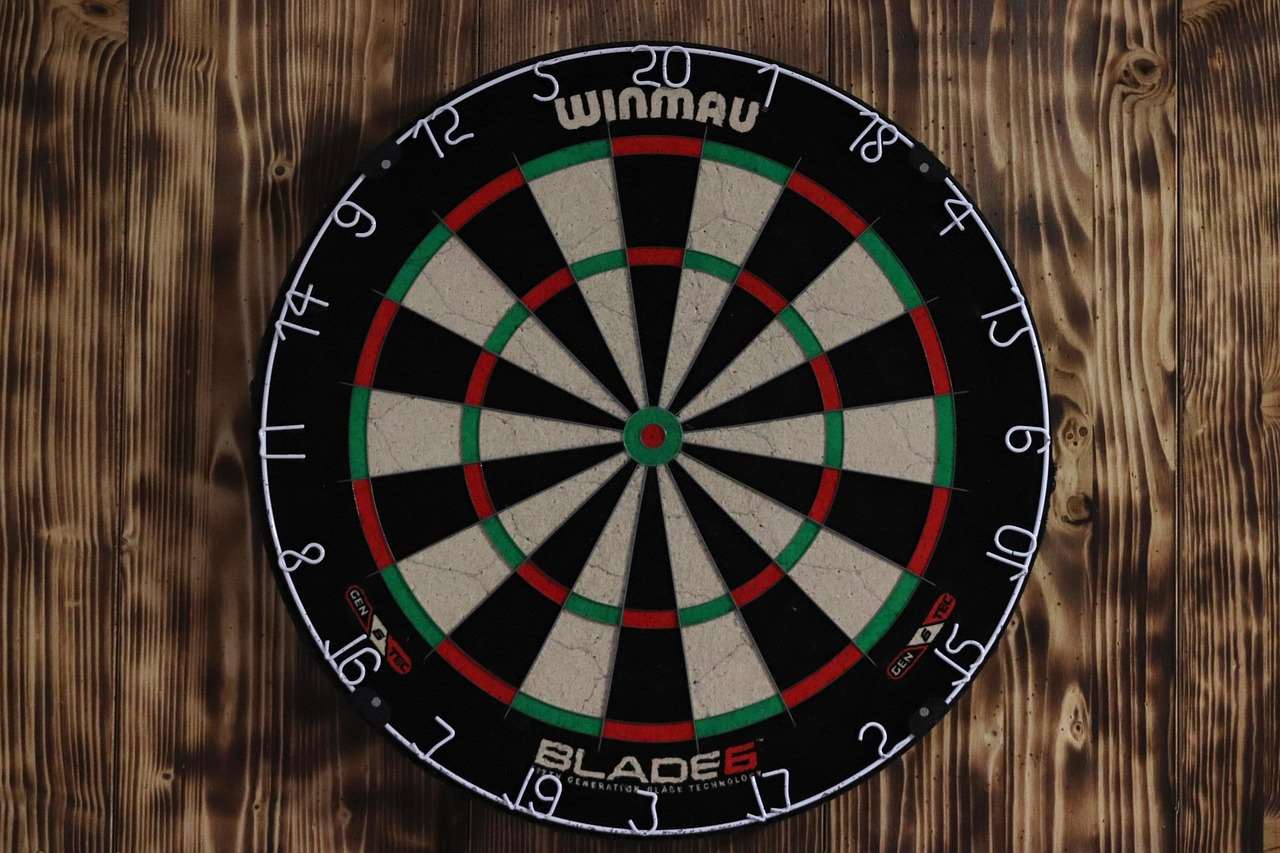
Beyond Repointing: Optimizing Your Game
While repointing darts for optimal performance is a critical step, it’s only part of the equation. Other factors significantly impact your game, such as your grip, throwing technique, and even the condition of your dartboard. For example, the proper dartboard care is vital to ensuring consistent bounces. A damaged board can cause unpredictable throws, ruining your game no matter how sharp your darts are.
The Importance of Proper Technique
Many players overlook the importance of their throwing technique. Consistent and precise throws, along with the proper grip, greatly impact the success of your dart throws. Addressing poor throwing techniques can lead to marked improvements. You can find many great online resources and tutorials to help you refine your technique.
Experimenting with Dart Shaft Length
Another critical aspect of dart performance is dart shaft length. The length of your dart shaft can influence flight stability and overall accuracy. Experimenting with different shaft lengths is essential to find what best suits your throwing style and preferences. There are several great resources available that explain how to test different shaft lengths to find what works best for you. For example, you can check out dart shaft length testing and discover how to improve your throw with better suited darts. Finding the best dart shaft length for you is an important factor in having consistent and excellent performance.
Understanding the relationship between dart shaft length and flight shape is key to optimizing your dart setup. You may also want to explore how this impacts dart flight.
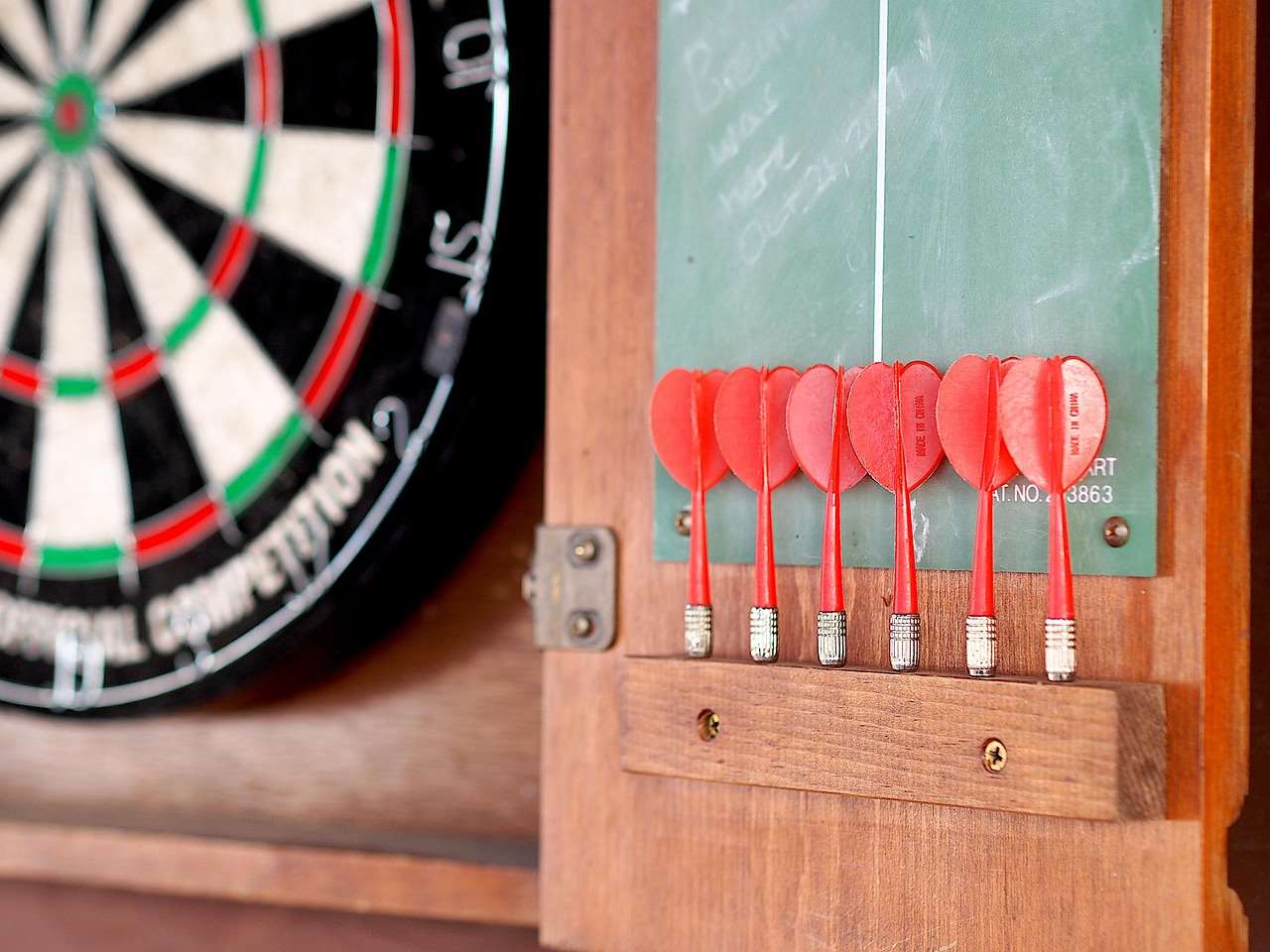
Troubleshooting Common Issues
Even with perfectly sharpened darts, you might still experience inconsistencies. One common issue is a bent dart shaft. A bent shaft will affect the flight of the dart, leading to poor accuracy. Replacing a bent shaft is often simpler than you’d think. If you have a damaged point and can’t fix it, refer to repointing broken dart points for further guidance. Addressing any existing problems before continuing with a new sharpening or repointing process is critical.
Another common problem is damaged or worn-out flights. Worn-out flights can affect the aerodynamics of the dart, causing it to wobble or veer off course. Replacing your flights is a straightforward process that can significantly improve your game.
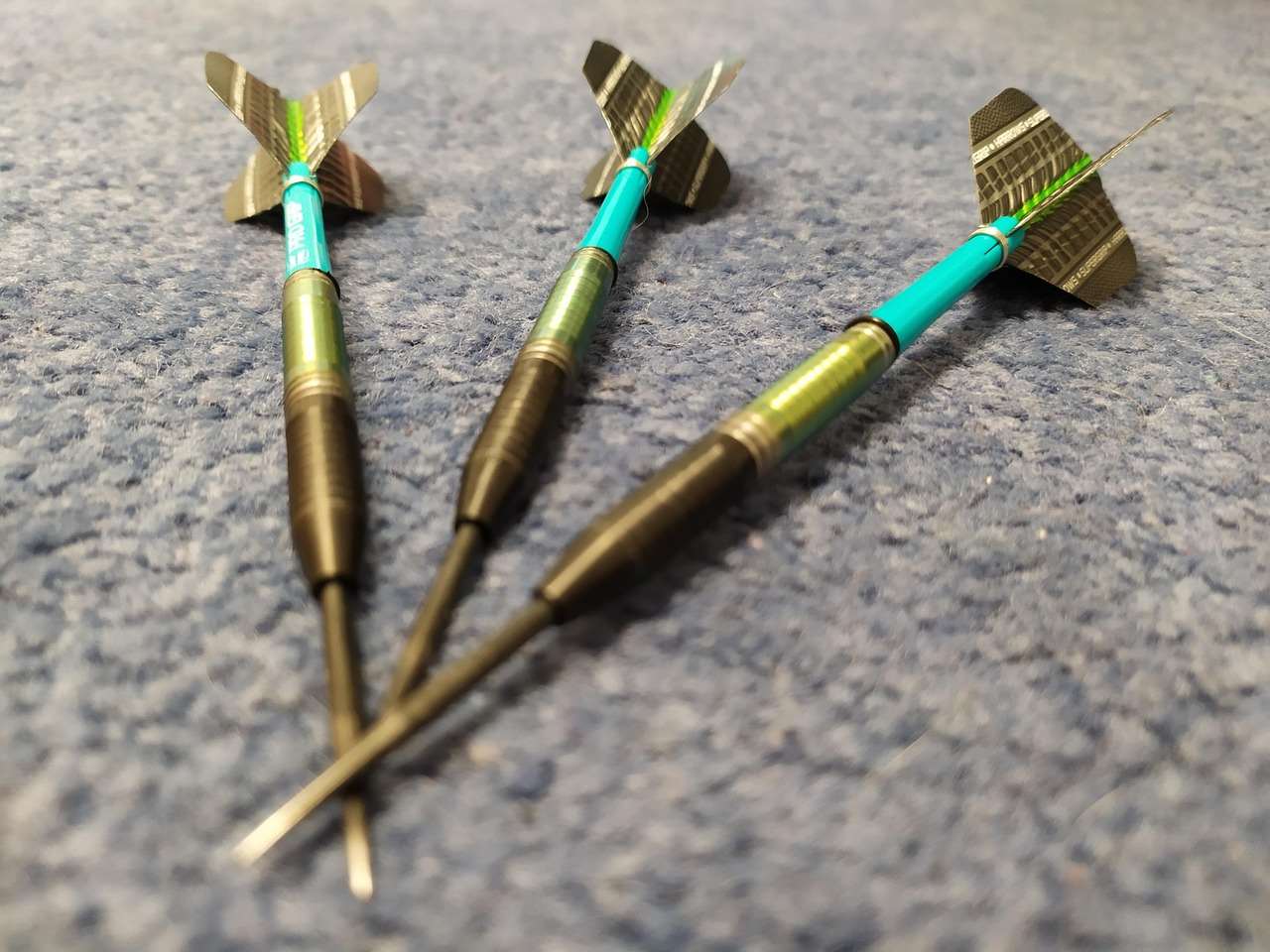
Conclusion: Sharpen Your Game
Repointing darts for optimal performance is a skill that every serious dart player should master. By following the steps outlined in this guide and paying attention to the overall condition of your darts and throwing technique, you can significantly improve your accuracy and consistency. Remember, regular maintenance, including repointing your darts, is essential for long-term success in the world of darts. Invest in the right tools, take your time, and practice your technique. With a little effort, you can ensure your darts perform at their peak, leading to improved scores and a more enjoyable game. So, grab your sharpening stone and get started! Let us know in the comments below how it goes!
Remember, maintaining your equipment is key! And don’t forget to check out our other helpful articles on dart maintenance and technique for even more tips and tricks to enhance your game!
Hi, I’m Dieter, and I created Dartcounter (Dartcounterapp.com). My motivation wasn’t being a darts expert – quite the opposite! When I first started playing, I loved the game but found keeping accurate scores and tracking stats difficult and distracting.
I figured I couldn’t be the only one struggling with this. So, I decided to build a solution: an easy-to-use application that everyone, no matter their experience level, could use to manage scoring effortlessly.
My goal for Dartcounter was simple: let the app handle the numbers – the scoring, the averages, the stats, even checkout suggestions – so players could focus purely on their throw and enjoying the game. It began as a way to solve my own beginner’s problem, and I’m thrilled it has grown into a helpful tool for the wider darts community.